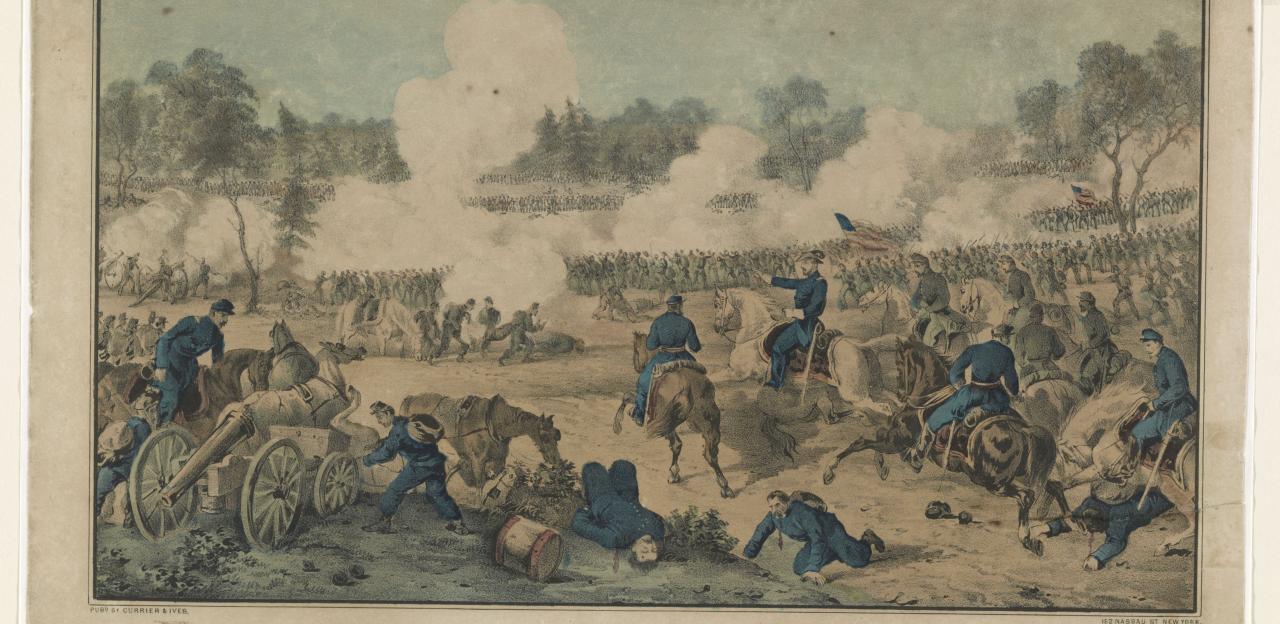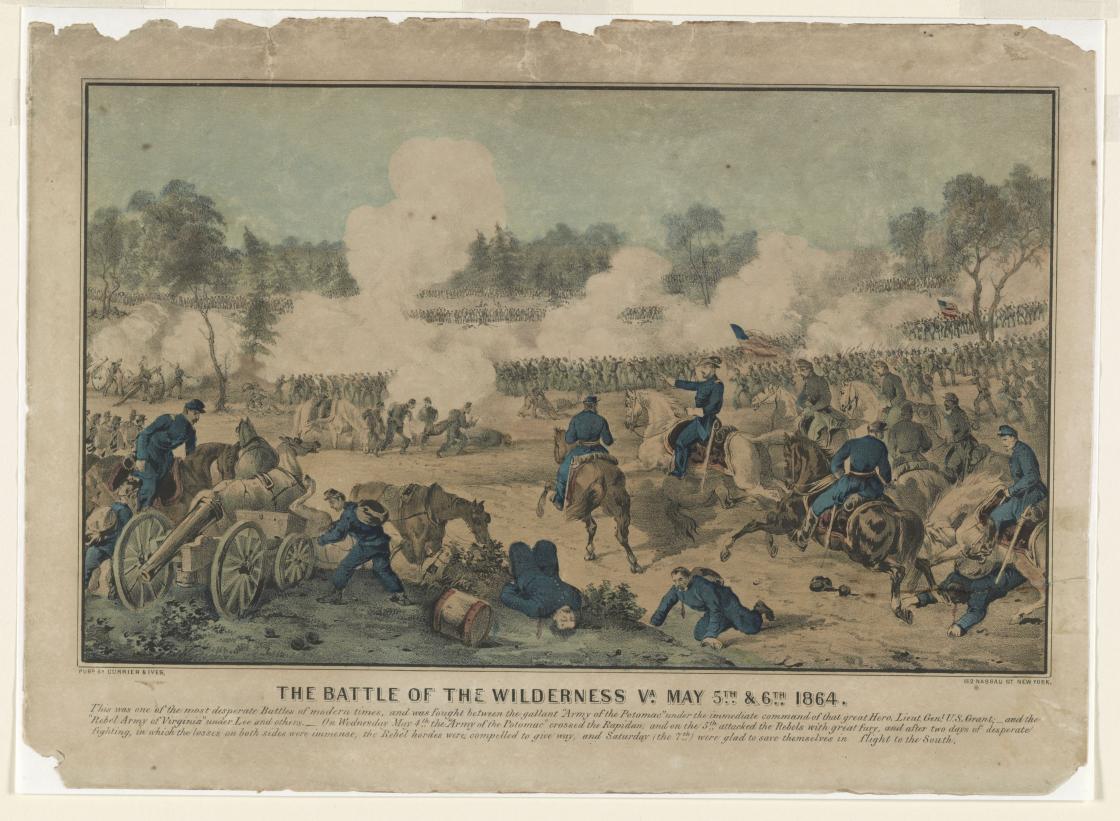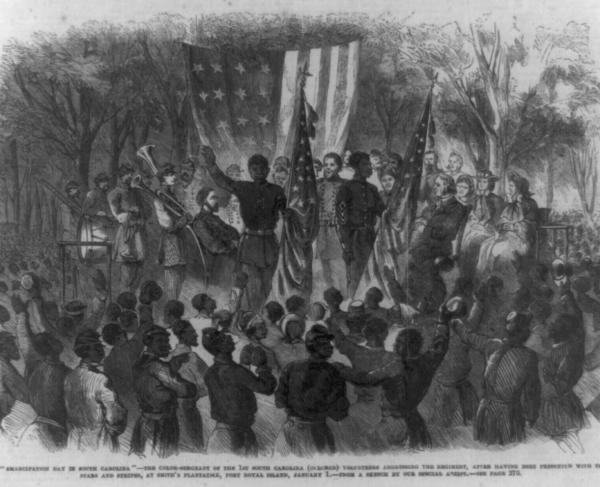The 1st Battalion, 6th Field Artillery Regiment

The 1st Battalion, 6th Field Artillery holds a special place of distinction among artillery units of the U.S. Army, fighting at some of the most decisive conflicts in American military history. The unit formed at Fort Jay, New York as a company in the 2nd Regiment of Artillerists and Engineers during the expansion of the Army during the Quasi-War with France, giving it one of the longest lineages of any unit in the Regular Army. In June 1809, Captain Enoch Humphrey assumed command of the battery, which he led into the 1820s. The battery served during the Creek Campaign of the War of 1812 before playing a pivotal role in the Battle of New Orleans in January 1815. The company held Battery No. 1 on the right of the American line, up against the Mississippi River. Their rapid fire of grapeshot was instrumental in stopping the only serious British breakthrough by Colonel Robert Rennie, who overran the American outer defenses in the early stages of the fighting.

When the artillery was reorganized under the Calhoun reforms in 1821, all the batteries on the Gulf Coast formed into the 4th Regiment of Artillery, with Humphrey’s battery becoming Company B. In the 1820’s, the entire regiment transferred to the Eastern Seaboard, and for the next twenty years the company shuttled between Forts Monroe, McHenry, and Moultrie. Battery B served with the regiment in the Seminole War from 1836-9, before being designated as the Light Company of the regiment that fall. As a Light Company, Battery B served as field artillery rather than heavy artillery like the rest of the companies in the 4th Artillery. In its role as field artillery, Battery B would prove to be a key component in the American victory at Buena Vista in February 1847. 1st Lieutenant John O’Brien held his guns in position long after his infantry supports gave way and only escaped at the last minute. This stand bought enough time for additional troops to reach the breakthrough and turn the tide of the battle.
After the war Battery B served at Jefferson Barracks until 1857 when it participated in the Utah Expedition to put down the Mormon rebellion. At the outbreak of the Civil War, the battery traveled east under the command of Captain John Gibbon and in October was attached to what would become the First Division, First Corps. To bring the battery up to full war footing in the absence of sufficient Regular Army recruits, Gibbon selected men from the brigades of the division, particularly from the Iron Brigade that Gibbon would shortly leave to command. The battery would fight alongside the Iron Brigade in most of its battles during the war and men from the unit would help fill Battery B’s rolls for the next several years. Under 1st Lieutenant Campbell, the battery fought at Brawner’s Farm on August 28, 1862, in its first engagement of the war. It was largely responsible for knocking Jubal Early’s brigade out of the fighting, numbers that probably would have tipped the balance in the close-fought engagement. Battery B fought at Second Manassas the next two days and helped hold Dogan House in the crisis on August 30th.
At South Mountain, the guns closely supported the Iron Brigade’s solo assault up the National Road, but three days later at Antietam was the battery’s biggest test of the war. Fighting on the south edge of the Cornfield, the battery caused significant losses for Stonewall Jackson’s men at great cost to themselves. At one point, Brigadier General Gibbon ran over to his old battery to correct the aim of one of the Napoleons in order bring canister to bear properly on the assaulting Confederates. Battery B suffered the loss of 40 men in the fighting at Antietam, one of the highest losses in a battle for any artillery unit in the war. The battery fought at Fredericksburg and Chancellorsville, but at the fringes of those battles. It again saw heavy action at Gettysburg on July 1, 1863, fighting near the Thompson House just north of the Seminary. Lieutenant Stewart particularly distinguished himself directing the terribly effective fire in the flanks of multiple assaults and being the last Federal unit to depart the Seminary Ridge defensive line. The guns went were placed in front of the Cemetery Gatehouse, where they remained for the rest of the battle.

The unit was transferred to the V Corps in March of 1864 and fought in the Overland Campaign, including Wilderness, Spotsylvania, North Anna, and Cold Harbor. It remained in the Artillery Brigade of the V Corps through the Petersburg Campaign and was in the final fighting at Gravelly Run and White Oak Road. Battery B was retained as a light battery and served in the 1867 and 1870 campaigns against the Cheyenne. They served as light cavalry during the Modoc War in 1873 and again during the pursuit of the Nez Perce. In the 1880s the battery transferred to Fort Adams, Rhode Island and finished out the century there.

The battery went through a series of redesignations and by 1907 was Battery D, 6th Field Artillery Regiment when World War I broke out. Assigned to the 1st Infantry Division, the battery went to war with French 75mm guns. They provided fire support for the first American attack of the war at Cantigny in May. Battery D provided support during the assaults at Soissons, St. Mihiel, and the Meuse-Argonne offensive. After occupation duty in the Rhineland, the battery returned to Fort Hamilton, NY with the rest of the division during the interwar period. In 1939, it was removed from the 1st Division and consolidated with Battery A, 6th Field Artillery for service with the 37th Infantry Division of the National Guard during WWII as the 6th Field Artillery Battalion. After training on Fiji and Guadalcanal, the division went into action at New Georgia in 1943. It then fought at Bougainville from November 1943 through April 1944 before participating in the invasion of Luzon in January 1945. The 37th Division captured Clark Field and was one of the first units into Manila to help liberate the city.
Following the war, the battalion converted to an armored artillery unit and was stationed at Fort Sill until Battery D was reconstituted in 1957 as the 1st Howitzer Battalion, 6th Artillery with the 1st Armored Division. In 1975, the now 1st Battalion, 6th Field Artillery was transferred to the XVIII Corps before being deactivated from 1983 to 1996. It served with the 1st Infantry Division through multiple deployments to Iraq and Afghanistan before being deactivated again with the rest of the 3rd Brigade Combat Team on May 21, 2014.

